World Natural Heritage
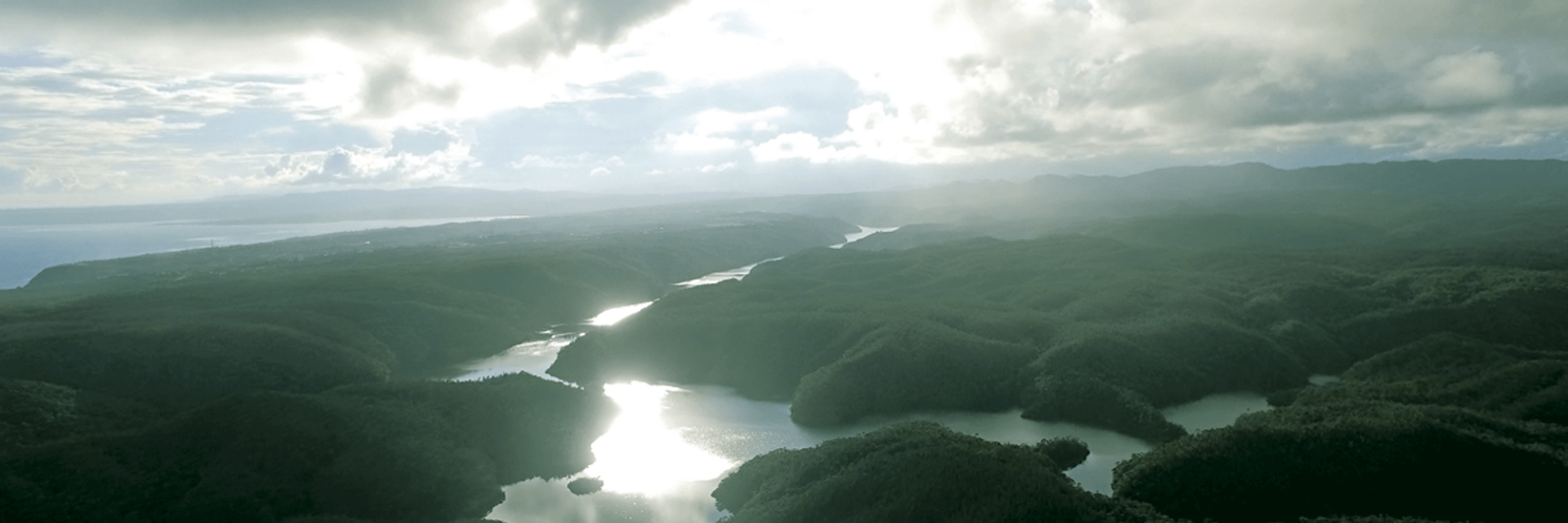
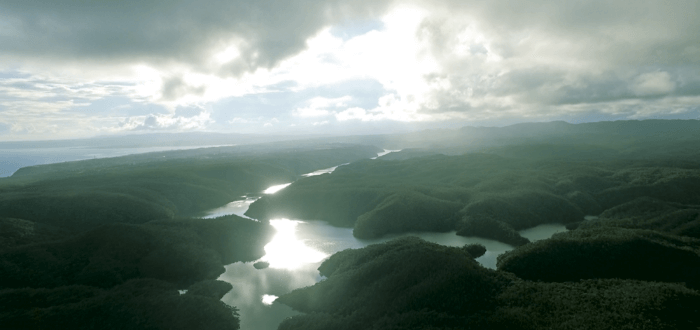
The Ryukyu Archipelago has a distinct geological background in which the islands were formed through repeated separation and merging with the Eurasia continent. The islands today are recognized as an extremely important site for biodiversity conservation, where internationally rare endemic species such as the “Yanbaru-kuina” (Okinawa rail) and “Iriomote-neko” (Iriomote wild cat) inhabit and breed within the unique biological evolution reflecting the islands’ geological history.
Yanbaru, The Forest of Miracles
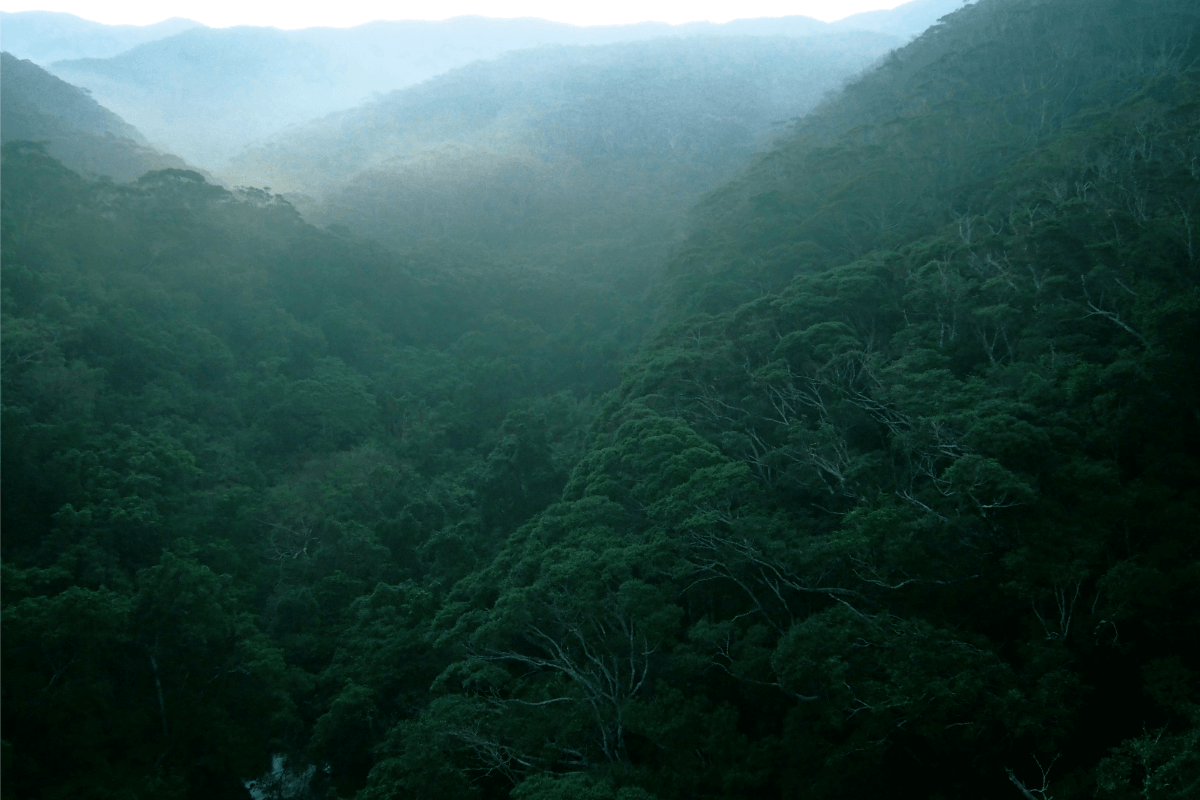
Iriomote Island, the last unexplored region in Japan
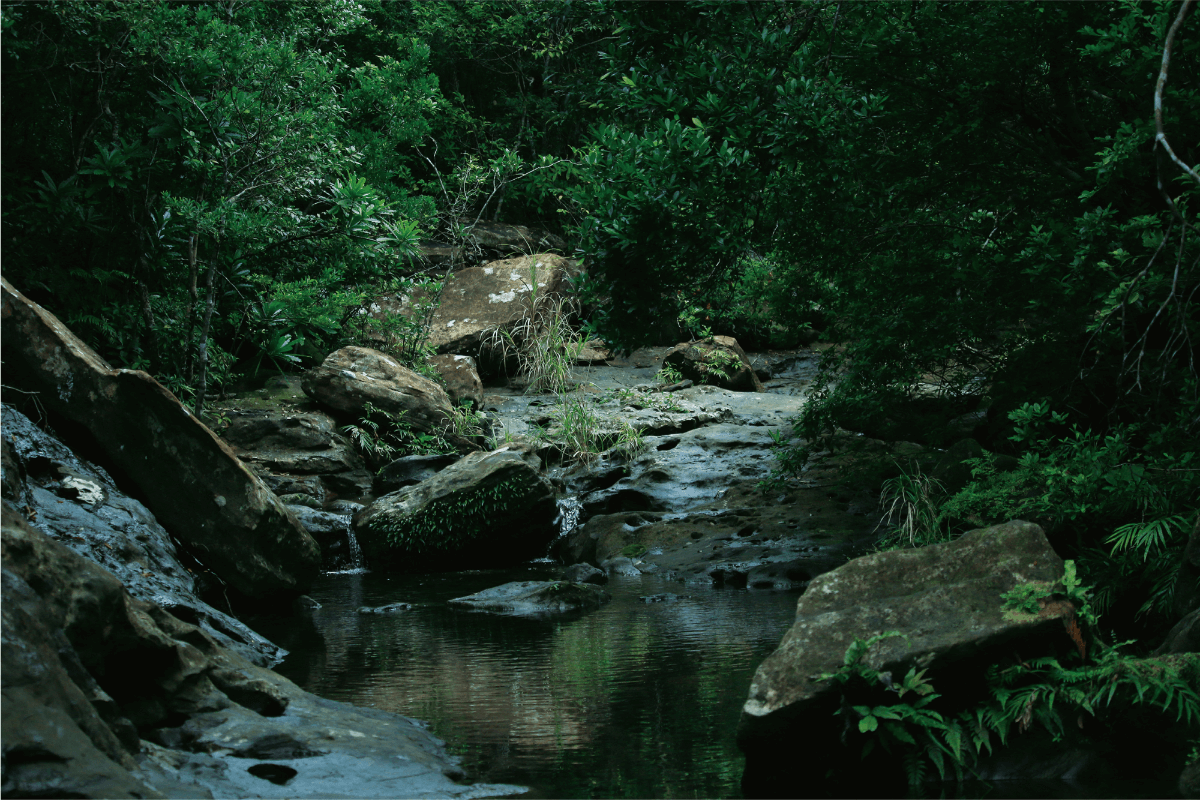
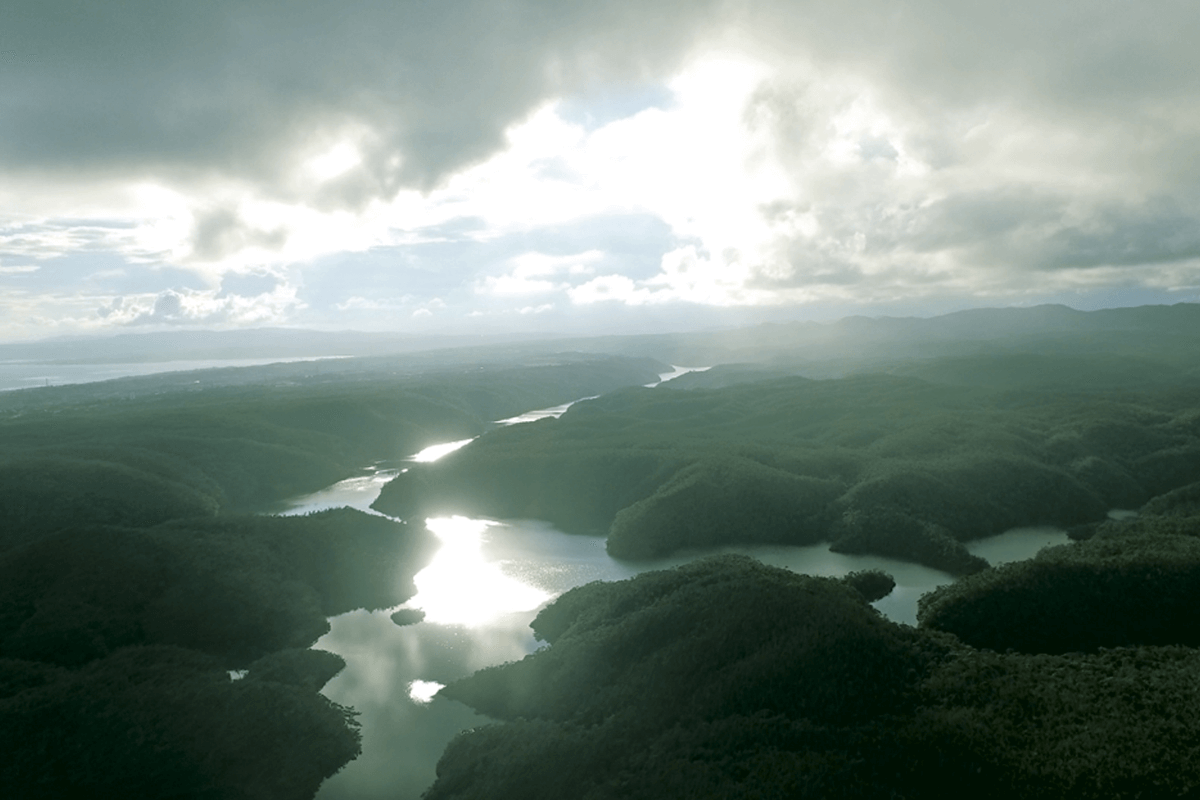
The ecosystem is home to many living organisms.
The Okinawa rail (iriomoteyamaneko) is found only in the Yanbaru region and the Iriomote wildcat is unique to Iriomote Island.
There are also examples of subspecies that are classified according to its region, such as the Okinawa tree lizard (inhabits Amami and various other Okinawan islands) and the Sakishima tree lizard (inhabits various Sakishima islands, excluding Yonaguni Island).
Yanbaru Kuina (Gallirallus okinawae) [A Nationally Recognized Natural Monument]
![Yanbaru Kuina (Gallirallus okinawae) [A Nationally Recognized Natural Monument]](https://wufcommunity.wun.jp/wp-content/themes/wufcommunity/assets/img/learning-material/world-heritage/world-heritage_image04.png)
Yanbaru Tenaga Kogane (Cheirotonus jambar) [A Nationally Recognized Natural Monument]
![Yanbaru Tenaga Kogane (Cheirotonus jambar) [A Nationally Recognized Natural Monument]](https://wufcommunity.wun.jp/wp-content/themes/wufcommunity/assets/img/learning-material/world-heritage/world-heritage_image05.png)
Noguchigera (Sapheopipo noguchii) [A Nationally Recognized Special Natural Monument]
![Noguchigera (Sapheopipo noguchii) [A Nationally Recognized Special Natural Monument]](https://wufcommunity.wun.jp/wp-content/themes/wufcommunity/assets/img/learning-material/world-heritage/world-heritage_image06.png)
Ryukyu Yamagame (Geoemyda japonica) [A Nationally Recognized Natural Monument]
![Ryukyu Yamagame (Geoemyda japonica) [A Nationally Recognized Natural Monument]](https://wufcommunity.wun.jp/wp-content/themes/wufcommunity/assets/img/learning-material/world-heritage/world-heritage_image07.png)
Iriomote Yamaneko (Prionailurus bengalensis iriomotensis) [A Nationally Recognized Special Natural Monument]
![Iriomote Yamaneko (Prionailurus bengalensis iriomotensis) [A Nationally Recognized Special Natural Monument]](https://wufcommunity.wun.jp/wp-content/themes/wufcommunity/assets/img/learning-material/world-heritage/world-heritage_image08.png)
Photo provided by: Iriomote Wildlife Conservation Center, Ministry of the Environment
Kanmuri Washi (Spilornis cheela perplexus) [A Nationally Recognized Special Natural Monument]
![Kanmuri Washi (Spilornis cheela perplexus) [A Nationally Recognized Special Natural Monument]](https://wufcommunity.wun.jp/wp-content/themes/wufcommunity/assets/img/learning-material/world-heritage/world-heritage_image09.png)
Yaeyama Semaru Hakogame (Cistoclemmys flavomarginata evelynae) [A Nationally Recognized Special Natural Monument]
![Yaeyama Semaru Hakogame (Cistoclemmys flavomarginata evelynae) [A Nationally Recognized Special Natural Monument]](https://wufcommunity.wun.jp/wp-content/themes/wufcommunity/assets/img/learning-material/world-heritage/world-heritage_image10.png)
Kishinoue Tokage (Plestiodon kishinouyei) [A Nationally Recognized Special Natural Monument]
![Kishinoue Tokage (Plestiodon kishinouyei) [A Nationally Recognized Special Natural Monument]](https://wufcommunity.wun.jp/wp-content/themes/wufcommunity/assets/img/learning-material/world-heritage/world-heritage_image11.png)
The Kishinoue Tokage inhabits the Miyako and Yaeyama Islands.
Other Nationally Recognized Special Natural Monument
-
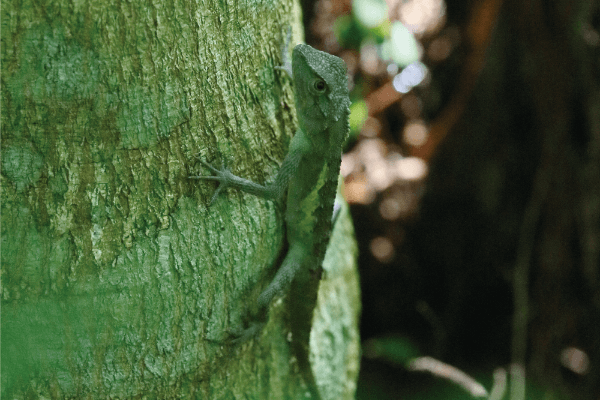
Okinawa-kinobori-tokage
(Japalura polygonata polygonata) -
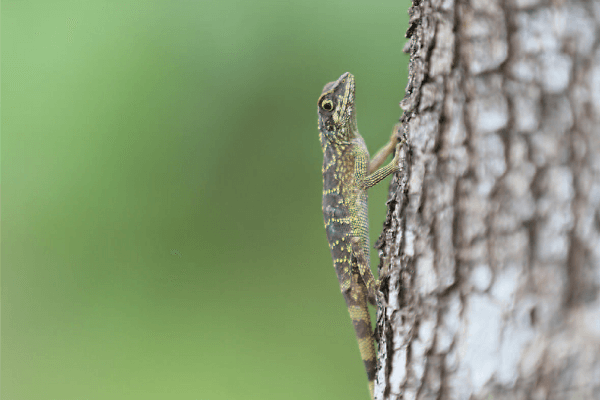
Sakishima-kinobori-tokage
(Japalura polygonata ishigakiensis) -
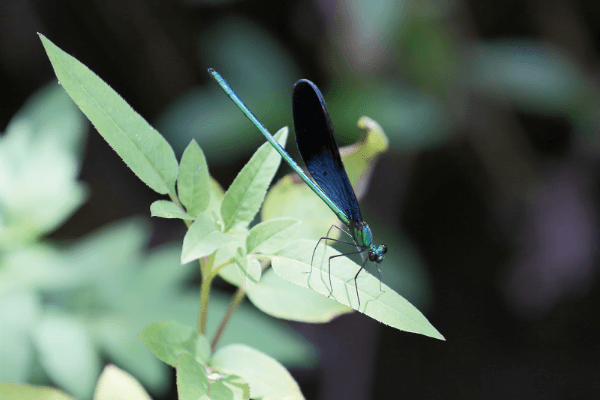
Ryukyu-haguro-tonbo
(Matrona basilaris japonica) -
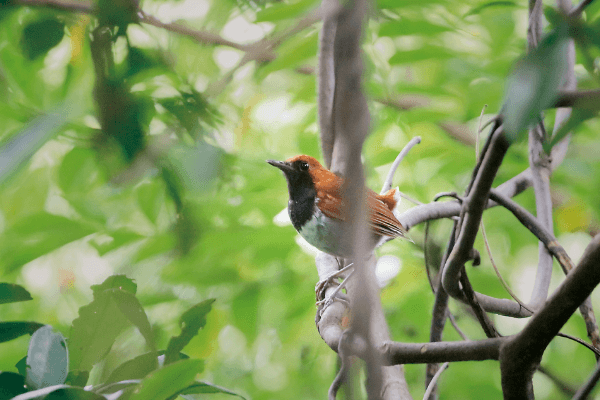
Hontou-akahige
(Erithacus komadori) -
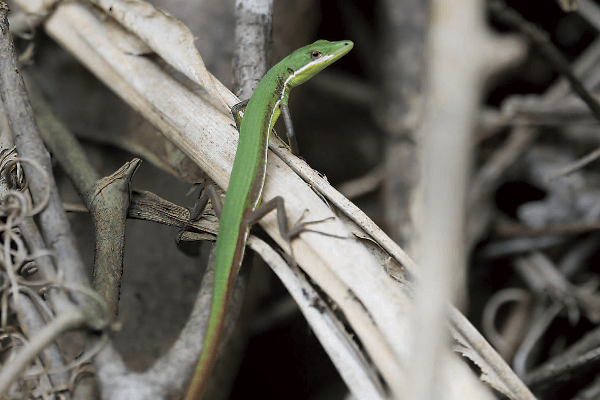
Aokana-hebi
(Takydromus smaragdinus) -
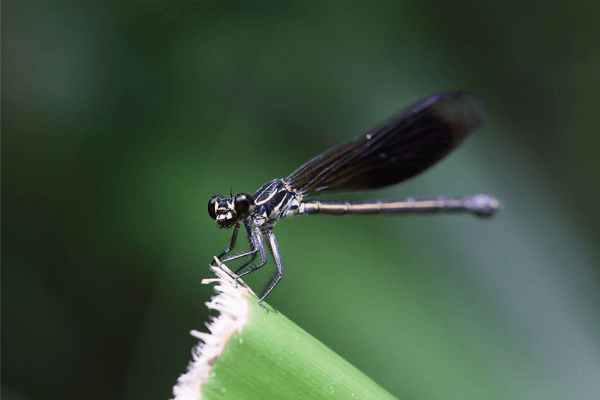
Konaka-haguro-tonbo
(Euphaea yayeyamana) -
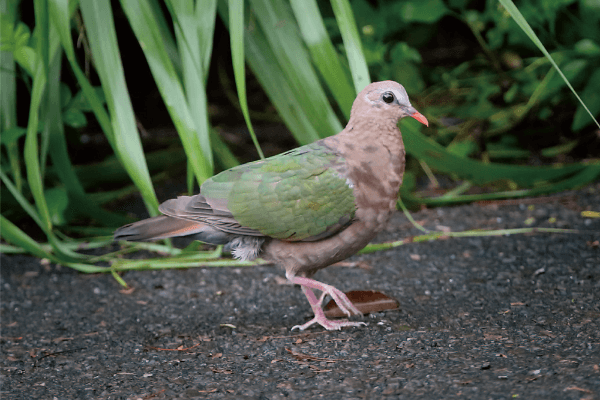
Kinbato
(Chalcophaps indica yamashinai) -
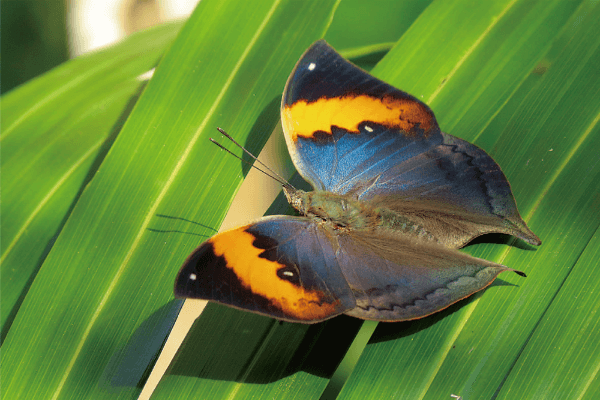
Konoha-chou
(Kallima inachus) -
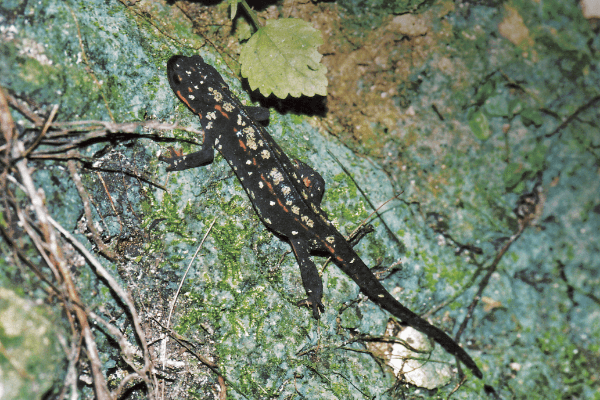
Shiriken-imori (Cynops ensicauda popei)
-
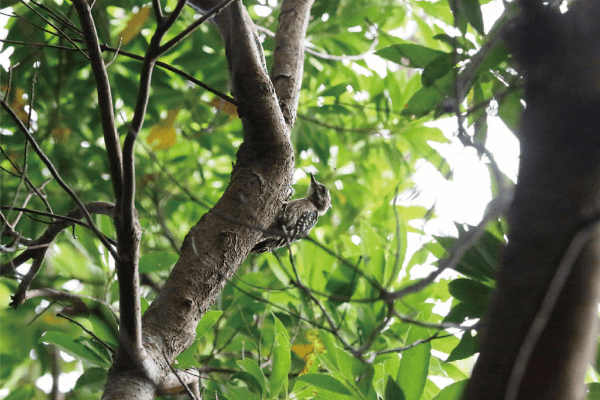
Ryukyu-kogera
(Dendrocopos kizuki nigrescens) -
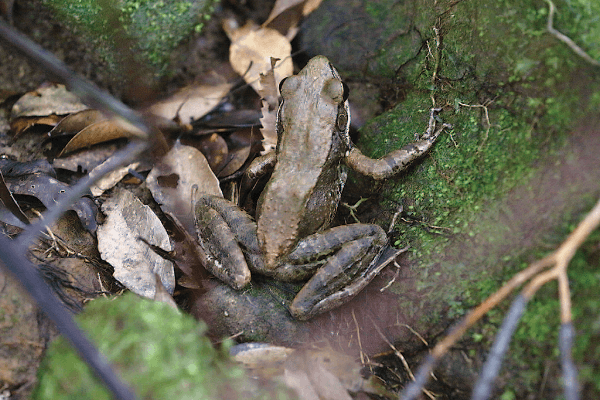
Ohanasaki-gaeru
(Odorrana supranarina) -
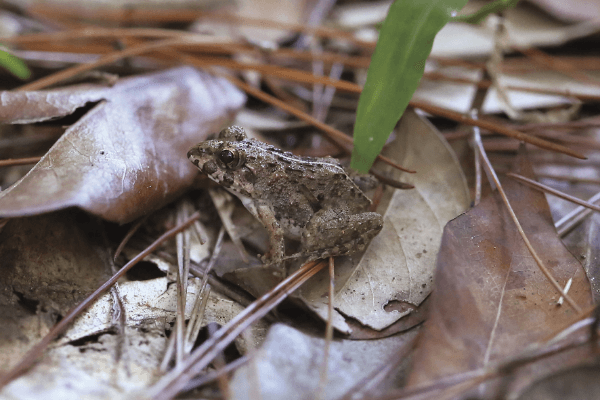
Sakishimanuma-gaeru
(Fejervarya sakishimensis) -
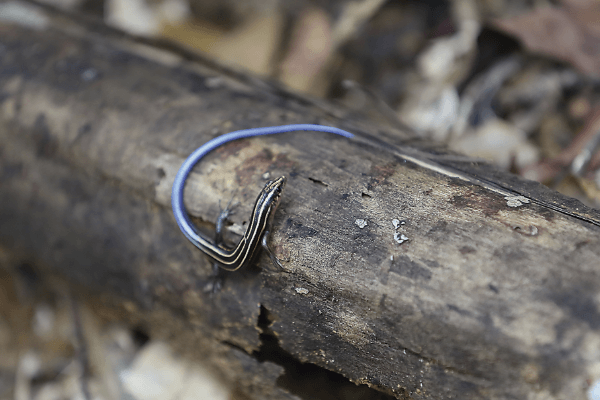
Ishigaki-tokage
(Plestiodon stimpsonii)
